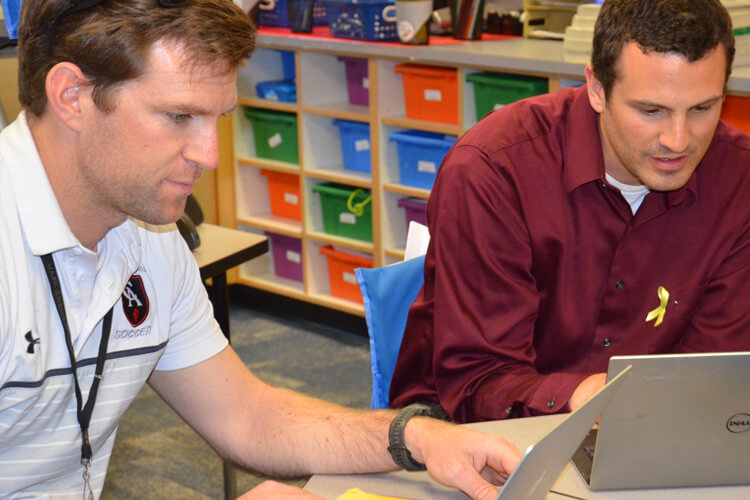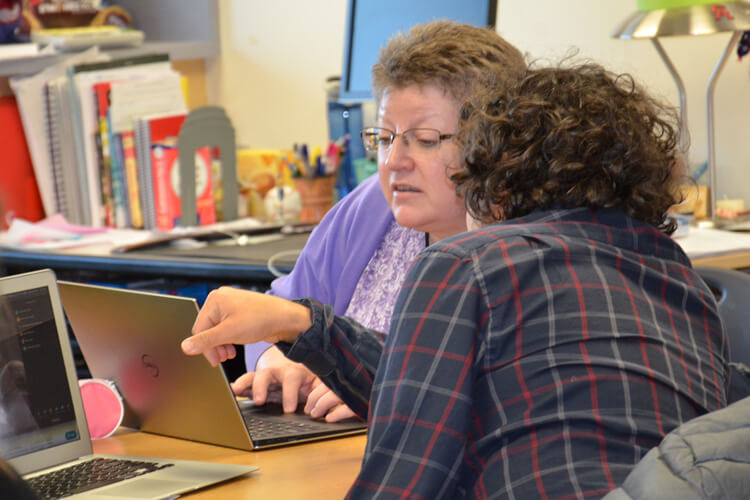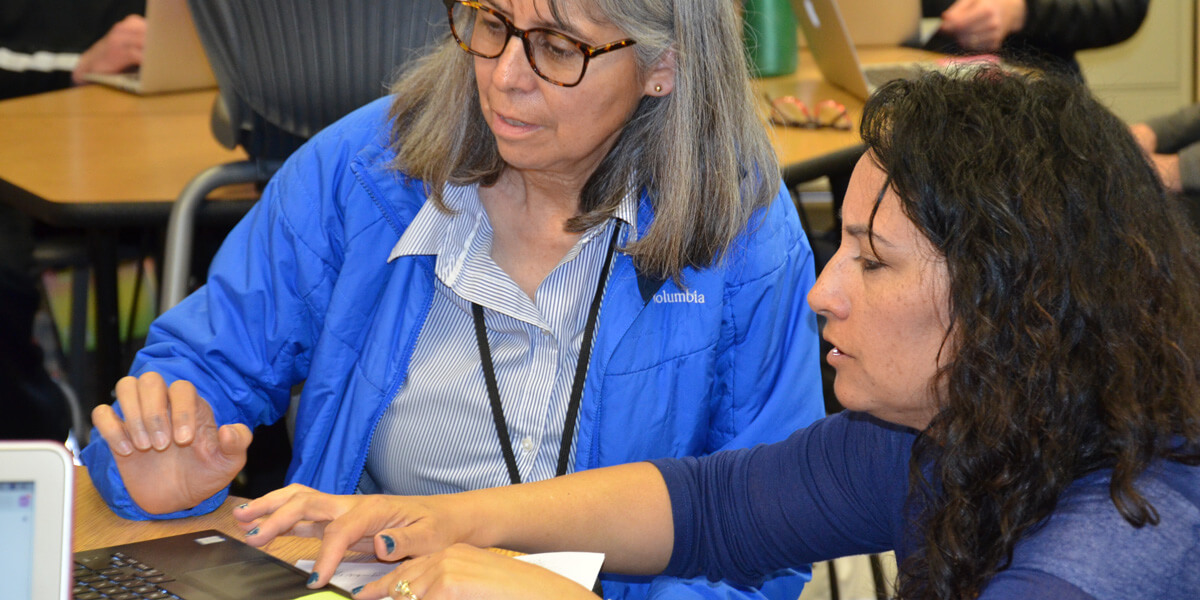One of the often-noted aspects of the Coronavirus pandemic is how quickly it spread. Colorado Academy began watching the arrival of COVID-19 in January, shortly after the Centers for Disease Control and Prevention (CDC) reported on a pneumonia-like coronavirus traveling from China to other places around the world. Reports from news organizations around the country began confirming, one by one, cases of people testing positive inside the U.S.
Working in conjunction with CA’s Health Assistant and consultants at Children’s Hospital Colorado, school leaders began to think about just what a pandemic would look like and how CA could prepare to respond.
Ramping up the response
By January 24, the Colorado Department of Public Health & Environment sent out its first notice that it, too, was monitoring the spread of the virus and provided some basic information for school health and childcare providers. Within days, CA knew that its Global Travel and Exchange programs, including one to China—the epicenter of the outbreak—were in jeopardy. School administrators weighed the risk of each trip, and one at a time, prudence seemed to dictate cancellations again and again.
Each time there was a cancellation, a postponement, or directive by health or government officials, CA ramped up its response: forming a task force to monitor news developments, increasing cleaning and sanitation efforts, exploring a virtual platform provider, and planning for what was then the unthinkable, and now is a matter of course.
Within a matter of days, CA partnered with Zoom K-12 video conferencing in anticipation of a possible school closure. “Colorado Academy was the first Colorado school to contact me and has been working to implement an ambitious Pre-K through Grade 12 platform,” says Zoom Senior Account Executive in the K-12 Division Jim Sigman. “This is exactly the kind of use that Zoom was designed for. The applications for remote learning are endless…really glad [CA] got a little bit ahead of the curve.”
As the number of cases escalated in the U.S., the school began employee training on the Zoom platform and dismissed students a day early for Spring Break for professional development, but not before Head of School Dr. Mike Davis’s State of the School address began with an explanation of the school’s COVID-19 response, along with a Question and Answer session with parents (many watching and submitting questions via Zoom).

CA has been highlighted by the National Association for Independent Schools (NAIS) for its “holistic online strategy.” The independent school trade organization applauded CA’s effort to support and engage students as much as possible during an interruption to daily school life.
“Understanding that learning, development, and social-emotional wellness are about more than classroom lectures, [Davis] promised parents he would consider creative ways to engage his students,” wrote NAIS.
At CA, creative learning means the school will also continue to provide arts and athletics experiences for students—even online. To support students’ mental health, the school’s online programming is built around a familiar schedule that follows CA’s regular six-day rotation of classes. For additional mental health support, teachers and school counselors are providing virtual office hours.

Moving with unprecedented speed
By the first couple of days of Spring Break, CA already knew that the health directives were pointing to extended school closures. Continuing its extensive communications, the school let families know what to expect upon a return from break. Online learning begins March 25.
By the fourth day of break, CA received news about presumptive positive cases within its own community. CA moved to an even longer closure, full-scale deep cleaning, and continued cancellations of events into April and beyond.
“The scale and speed of this has been unprecedented,” says Davis. “One of the many things that independent schools can do is to react and pivot to changing conditions and to needs in our community.
“It is not just our structure and operation, but it is our faculty and our mindset, and it is exactly what we want to model for students. There is no doubt, as we look to the future, that tomorrow’s leaders are going to need to know how do the same kind of thing.”
